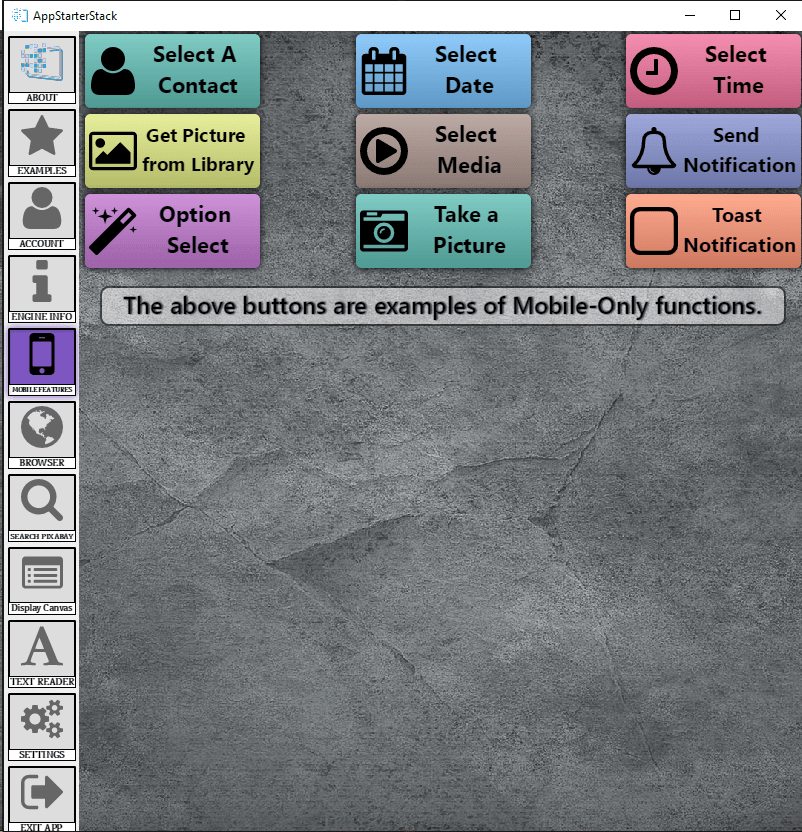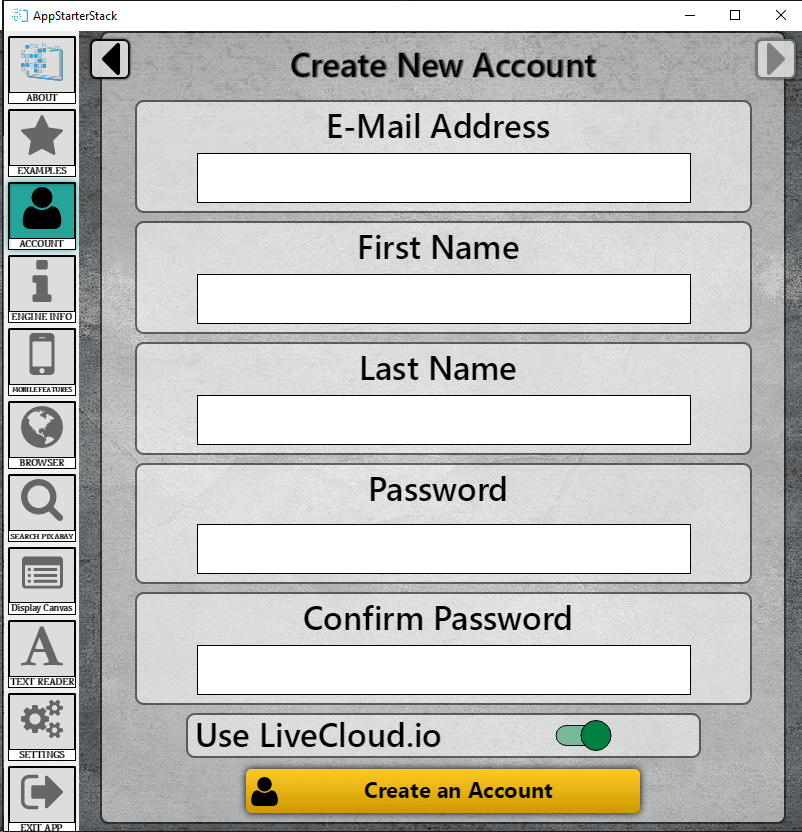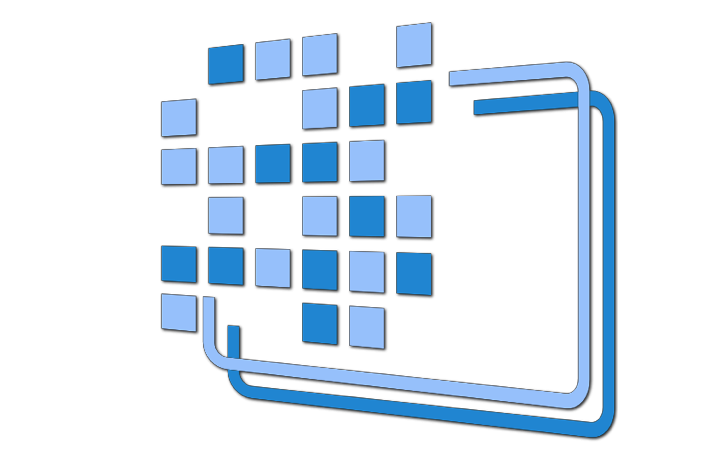To help you understand what AppStarterStack is, and how you might use it in your projects, I recently interviewed its creator, Tom Glod. Here is what he told me.
What is AppStarterStack?
AppStarterStack is a LiveCode stack that is meant to act as a starting point for production-grade desktop and mobile applications. It contains 100s of functions, commands and handlers which you no longer have to source or write yourself. It is also filled with examples of how those functions and commands are used to make an ‘application’.
Why did you create it, what problem did it solve for you?
It all started when I started a new project that had to work on all platforms. I soon realized that since the roadmap for my company included several distinct multi-platform applications, I did not want to start from scratch each and every time.
Thus, it made total sense to make a stack for myself that I can use as a starting point to start each subsequent application. It then also made sense to let others use the stack to build their applications.
How does it work, broadly?
You turn it into the application that you want by creating new cards, dashboards and interfaces using the conventions already there, as demonstrated by the example cards.
How would I install it?
To use the AppStarterStack you simply rename and open the file.
And you begin to turn the demo stack into the application you want to build.
You can keep the existing demo cards until you are done, or delete them right away.
Or create a card with a name made of multiple “-” to divide your application’s cards from the demo cards. (Though you must keep the “Resources” card. “Blank” and “Info” cards are also useful to keep.)
Can you show us some screenshots of what you can do with it?
Sure. Here are just a few. For more screenshots go here.



What is the coolest feature of this addon for LiveCode in your opinion?
In no particular order here are some of my most favorite things:
- Having the best of both worlds, a well built architecture to start with, AND the full power of the LiveCode Engine at my fingertips.
- Having an application that is in a buildable state at all times for all the platforms.
- Being able to focus on the needs of my application and not on the countless functions that are needed to create a user interface that works well on any device.
- Being able to make every application’s theme completely unique by changing a few lines of code and some properties.
- Not needing to remember the details of multiple code bases for multiple projects
- I am almost always making forward progress, when often software development involves getting side-tracked into building tooling to make the development easier.
What is the best way to learn AppStarterStack?
It is important to anticipate and set time aside to study the examples and the stack to understand how it works. The time you put into reading the documentation, watching the tutorials, and just messing around with it, will be worth it.
Because it is currently being used to build multiple applications, the AppStarterStack is always getting tested and almost all improvements will eventually make their way into the github repo.
The Developer Guide is the document that will always be updated first. Reading this document can only help. Followed by the tutorials, although they are already slightly out of date.
It is my hope that the AppStarterStack can help some LiveCode Developers to complete their project better, faster, and easier.
How can I get my hands on AppStarterStack?
It’s currently shipping in the MegaBundle. You can also learn more and purchase it here.


3 comments
Join the conversationTom Glod - July 18, 2022
Hello Livecoders,
Please visit this page for more information on licensing, and on upcoming training sessions.
https://www.appstarterstack.com/livecode-megabundle/
Sandro - July 19, 2022
Hi Tom
I’m looking everything and also your YouTube channel.
Would you define your product as a framework or not?
Tom Glod - July 20, 2022
Hello Sandro,
Thanks for your question. For all intents and purposes it is, but I think “template” is a more accurate word. Because its nature is to be a starting point. When using a framework, often times your project still begins with nothing, or just a little bit of boiler plate code. This is a full pseudo-application that is then transformed into whatever application you intend to build.
I hope this answers your question. Feel free to email me if you have any more.
Sincerely,
Tom